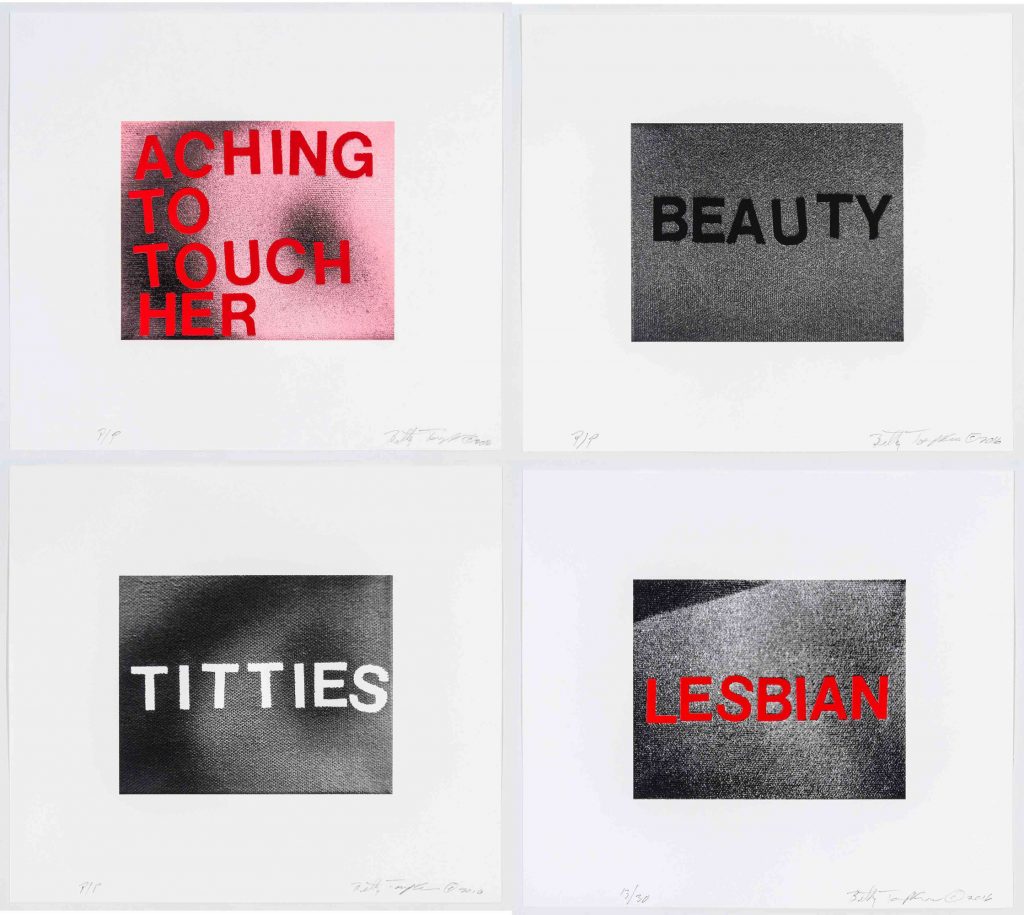
Professor Renee Adams, a finance professor at Oxford, and her colleagues, Roman Kraussl, Marco Navone, and Patrick Verwijmeren, set out to answer the long asked question of why women artists are often times less famous than their counterparts.
In December 2017 they published a study which explored gender discrepancies between men and women in the art world. There have been debates whether this is due to the art market or the female artists themselves. Some female artists, such as Susan Fisher Sterling, believe the bias is held within society while others feel it is from artistic institutions. It has been historically difficult to determine where the bias lies; whether it is either of these things, a mixture of them or if collectors, galleries and institutions regard female-made-art differently.
In order to disprove the possibility that women are making lower quality art, the researchers sent out volunteers to prove if they could identify the artists’ genders. When simply viewing the paintings, volunteers were unable to tell which were painted by men and which were done by women.

The next possibility researchers took into account was whether men were simply better connected. If they did have a larger network of people they knew in the art world, then it would be easier for them to navigate it by getting their work into specific shows, and making fame much easier to acquire. The researchers then analyzed millions of art transactions in auctions, but the issue with this data was that artwork sold at an auction could have been long separated from the painter. What the transactions did reveal, though, was the incredible price gap between men and women artists. According to the researchers, paintings created by female artists sell 42.1% lower than works male artists, which therefore means on average a women’s artwork will sell for much less than work by men.
Appalled by the results, Adams and her team pressed further in their study to answer why this gap even exists. Using computer-generated art in order to alleviate any actual gender bias, the researchers told volunteers that each of the pieces was created either by a man or woman. It was revealed that affluent people who believe the artwork is made by a male generally regard the work as worth more. Particularly, men who attend galleries rate art as less compelling when the artist is female. The results are fairly clear that even today sexism continues to reach into the art world at the most psychological of levels
Despite these findings, there are initiatives everywhere attempting to counter this bias. As previously covered by The Untitled Magazine, Frieze Art Fair’s focus on women and the Lower East Side’s Art Week’s focus on women are both examples of how the art world is attempting to countering these gender biases. Many galleries are also actively making an effort to counter gender bias, such as The Untitled Space, which opened in 2014 and focuses on feminist art. A.I.R. Gallery, a non-profit based in Brooklyn, NY has been exhibiting an all-female roster of artists since the 70’s. The National Museum of Women in the Arts is another great example of art institutions addressing and actively countering gender bias against women artists. This museum also specifically highlights both past and present artists by not only continually presenting a collection of women’s art but also by showing 10 exhibitions by women artists annually. The museum also offers initiatives to help change such biases such as Women, Arts, and Social Change, a public program highlighting women in the arts as a way for change or their Take Action page, which teaches everyday people how to make a difference and counter bias.



